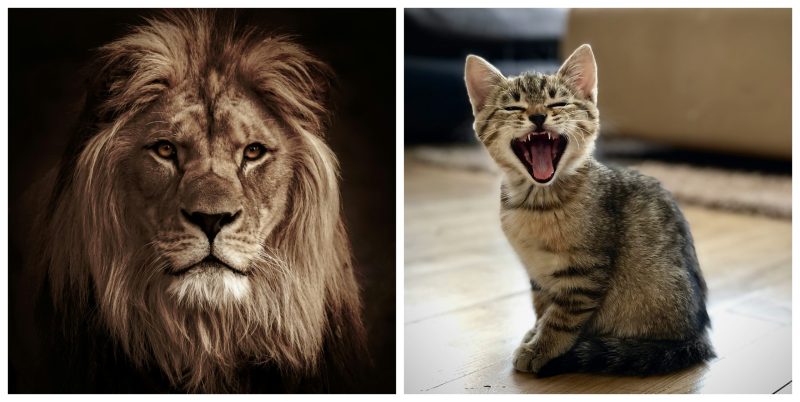
Because we suspect that the name, Sydenham Edwards, is unfamiliar to everyone but cynologists, dog historians, and maybe dedicated “dog nerds,” allow us to make introductions.
Sydenham was born to Mary Reece and Lloyd Pittell Edwards, a schoolmaster and organist, in 1768. From an early age, he exhibited a remarkable talent for drawing, and when Sydenham was of age, he trained in botany and botanical illustration. Not surprisingly, Sydenham grew up to be a natural history illustrator, and to give you an idea of his productivity, between 1787 and 1815, he produced over 1,700 watercolours for the Botanical Magazine alone. He also illustrated several images for Flora Londinensis.
Most “dog nerds” know Sydenham from the Cynographica Britannica, an encyclopedia of British dog breeds he illustrated in 1800. While most today acknowledge that Sydenham didn’t specialize in dogs (he had exceptional skills as a botanical illustrator), it seems that he occasionally got involved in the training of local sheepdogs. His particular importance to dog people today is as a chronicler of early breeds because he illustrated what the forebears of our modern-day breeds looked like.
Sydenham certainly wasn’t considered a writer, but he did write some text, and what he wrote about different breeds remains memorable to this day. Mastiff historians may remember one of his lines: “What the Lion is to the Cat, the Mastiff is to the Dog.”
There more to this text.
The entire text of “What the Lion is to the Cat, the Mastiff is to the Dog” as quoted by Sydenham Edwards in 1800 is:“What the Lion is to the Cat, the Mastiff is to the Dog, the noblest of the family; he stands alone, and all others sink before him. His courage does not exceed his temper and generosity, and in attachment he equals the kindest of his race. His docility is perfect; the teasing of the smaller kinds will hardly provoke him to resent, and I have seen him down with his paw the Terrier or cur that has bit him, without offering further injury. In a family he will permit the children to play with him, and suffer all their little pranks without offence.”

Photo of lion by Mariola Grobelska; photo of kitten by Loan, both from Unsplash
